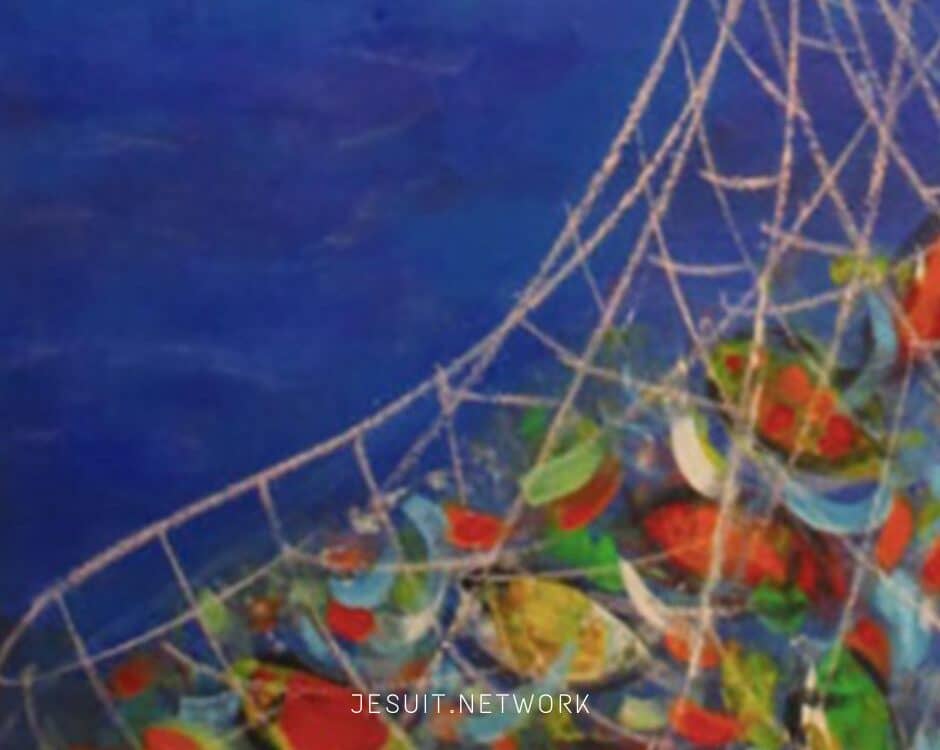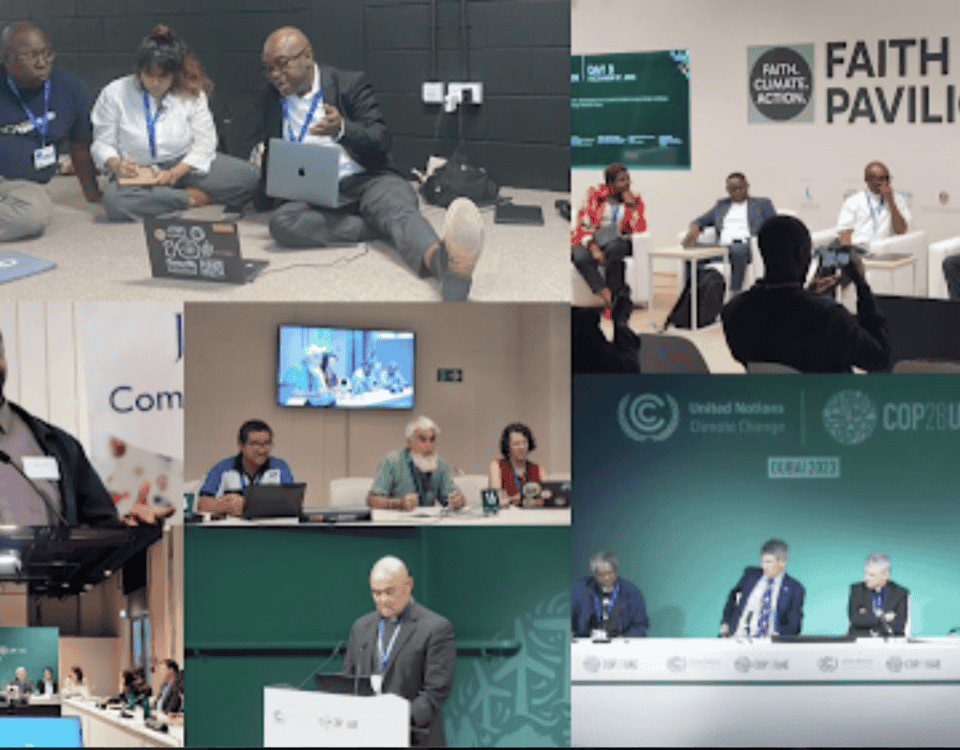This website uses cookies so that we can provide you with the best user experience possible. Cookie information is stored in your browser and performs functions such as recognising you when you return to our website and helping our team to understand which sections of the website you find most interesting and useful.
Systems—or Networks and Sectors
They say that one of the characteristics of modernity is pluralism. Even an individual subject can have many identities, many ways of presenting who they are: nationality, political preference, the group they hang out with, the family, their favorite sports team… Today, we Jesuits too have many identities: the province we belong to, the apostolic sector we work in, the community we live in, the cluster of apostolates in our area, the network we form part of …How have we gotten to the point of having so many identities? Which, if any, is most central for us today?
The traditional way we organized ourselves in the Society was in terms of Provinces and local houses. This led to the government of the Society operating at three levels: Fr General, the Provincial, and the local superior. As the Society grew in numbers and spread geographically, Assistancies grew up as a means of helping the Father General in his government.
But the advance of modernity in the twentieth century has led us to become professionally specialised in our work. Even in the 1950s the Centres for Research and Social Analysis brought together specialists in social analysis and in the social apostolate.
[pullquote align=”left or right”]We are not abolishing sectors, but rather bringing to light the links between them that must be there if we are to respond adequately to the reality we are called to transform.[/pullquote]
In the 1970s, provinces began to organize themselves around specialist sector groups. In the background was a concern for a deeper dialogue with the modern world in line with Vatican II. But there was also a concern to be more deeply rooted, or inserted, in our own histories and cultures, particularly among the poor—a concern inspired by the option for the poor taken at Medellín.
Now, in the 21st century two further factors are influencing our organizational structure. Firstly, systemic thinking is counteracting the tendency to an excessive specialisation. It is helping us to look at reality as a complex whole, by demanding of us an interdisciplinary approach (some parts of the Society use the adjective ‘inter-sector’). Secondly, the enormous expansion of communication arising from the new technologies is inviting us to break with ways of looking at things conditioned by geographical location, and introducing us to the virtual, globalised world of networks.
Thus, as our Provinces are trying to restructure themselves for mission in these new contexts, a debate arises. Should we develop what are called in Latin America and Spain plataformas—clusters of different ministries in a particular area, reflecting the systemic approach? Or should we think in terms of specialist networks that are global in scope? This is a question that we have also been dealing with as a Conference of Provincials in the CPAL.
The approaches are not in conflict. It is better to see them as complementary. Thus, as we are developing our Common Apostolic Plan, we are making options in both directions. We are indeed encouraging collaboration between sectors. We are formulating priorities in terms of a systemic approach involving different sectors at once. At the same time, we are insisting that this systemic approach should not end up suppressing sectors and networks. Rather, it should make connections between them, so that the overarching priorities of the Plan are strengthened. We are following the logic of the Incarnation in opting for insertion, and at the same time that of the resurrection, in discovering the Risen Christ’s mystical body.
We are not abolishing sectors, but rather bringing to light the links between them that must be there if we are to respond adequately to the reality we are called to transform. Looking at things this way makes us aware that we are—as St Paul says about the Church—members of one sole Body, with one sole mission of serving faith and promoting justice within a world that is intercultural and interreligious.
Original article can be accessed here.
Translation: Philip Endean
Photo: Flickr Creative Commons License (CC BY-NC-ND 2.0)





